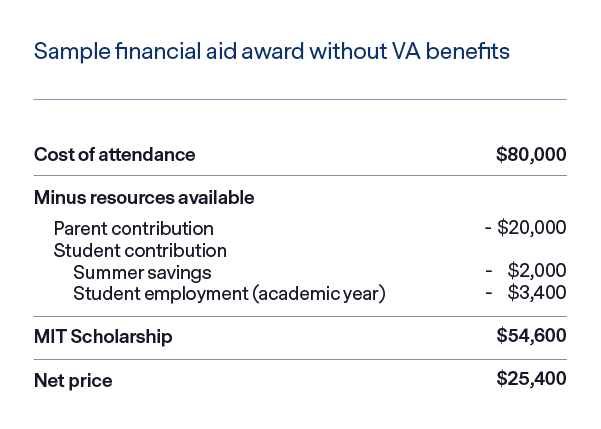Understanding MIT’s Financial Aid System
How Need-Based Financial Aid Works at MIT
MIT, like many elite private universities, is committed to meeting the full demonstrated financial need of all admitted students. They use a standard need-based analysis to determine a family’s expected contribution (EFC) and the student’s resulting financial need. MIT need-based financial aid process takes into account family income and assets through documents submitted to the Federal Student Aid processor. From here, MIT estimates annual costs including tuition, fees, room, board and other expenses. The difference between total costs and the EFC is the student’s financial need.

Calculating Financial Aid Awards
To calculate actual financial aid awards, MIT subtracts $6,000 from the total need amount. Students are expected to contribute this minimum $6,000 through savings, loans or summer employment. The remaining need is then met through a aid package covering tuition as well as room and board. This model ensures cost is not a barrier to any admitted student wishing to attend. For many low-income families, MIT financial aid covers 100% of estimated costs. Those with higher family incomes may receive partial or no need-based support.
Resources for International Students
Obtaining a student visa adds another layer of financial planning for international applicants to consider. To receive an F-1 visa, one must demonstrate access to at least $6,000 in annual support. For those receiving need-based MIT financial aid, this amount is already accounted for. However, international students need to show proof of these funds to the U.S. government before receiving visa approval. The stringent visa requirements are one reason international admission is highly competitive, with acceptance rates typically around 4%.
Graduate Aid Through Teaching and Research
At the graduate level, MIT funding opportunities for STEM masters and PhD students center around teaching and research assistantships. Unlike undergraduates, those enrolled in eligible science and engineering programs typically have tuition waived and receive a stipend through an on-campus job. While graduate students provide low-cost labor in return, these merit-based forms of aid allow students to focus fully on their studies. However, some business and humanities graduate programs operate more like undergrads, requiring aid applications.
Scholarships Are Not Available
Unlike many other top universities, MIT does not offer dedicated merit scholarships unrelated to need. Their philosophy maintains that simply by gaining admission, a student has already proven themselves as an exceptional scholar. For this reason, the institute focuses its extensive financial resources purely on need-based support. Without regard to family income, all undergraduates who demonstrate academic excellence through acceptance may access aid matching their proven need.
Submitting Accurate Financial Documents
The exact composition of a student’s aid package depends on full and accurate reporting of a family’s financial circumstances. Applicants should be aware that the material used to determine the EFC, such as tax documents and income statements, undergoes thorough verification by MIT administrators. Any discrepancies could impact the resulting need assessment and aid amounts. It is in a prospective student’s best interest to work closely with their parents to submit only complete and truthful financial documents to the need analysis processor.
Implications for International Applicants
While MIT’s need-blind admissions allow qualified overseas candidates an equal shot regardless of means, navigating the finances remains daunting. From the visa process to merit-only aid structure, international applicants face additional barriers. However, those granted admission can take comfort that its dedicated administrators will evaluate need holistically and mobilize extensive resources to make their education affordable. With complete disclosure and planning, many fortunate overseas admitted students see their full tuition costs covered through this equitable process.
